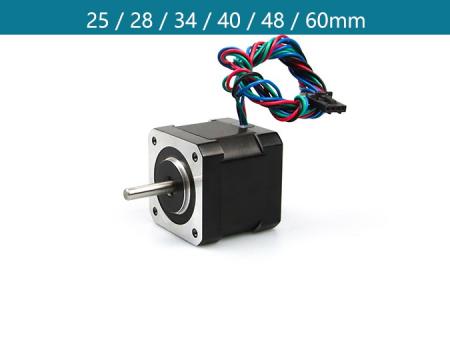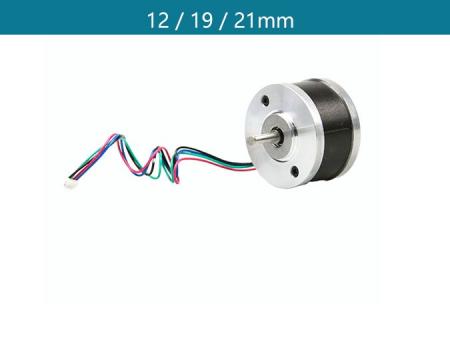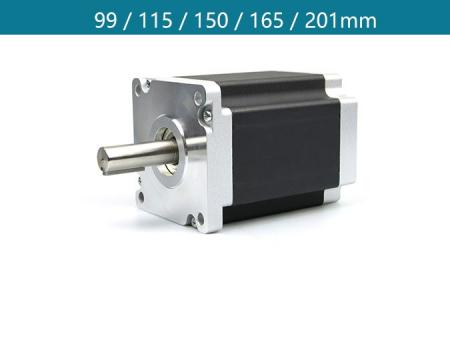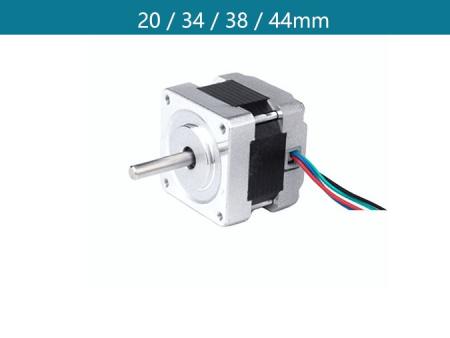Title: Stepper Motor Drives: A Comparison of Pulse Direction Control Mode and Dual Pulse Control Mode
Stepper motors are widely used in various industrial and commercial applications due to their precise control and reliable performance. When it comes to driving Stepper motors, the choice between pulse direction control mode and dual pulse control mode can significantly impact the motor's operation and efficiency. In this article, we will explore the differences between these two control modes, focusing on the products offered by Jkongmotor, a leading brand in the field of stepper motor technology.
Jkongmotor is a renowned brand known for its high-quality Stepper motor products, including the innovative stepper motor drives. One of the key distinctions in stepper motor control lies in the pulse direction control mode and the dual pulse control mode, each offering unique advantages and applications.
Pulse direction control mode, also known as single pulse mode, operates by continuously providing pulse input to the STEP port while using the DIR port to control the direction through high and low voltage levels. This mode is commonly referred to as the clock-direction mode, as it enables precise control over the motor's rotation direction by modulating the voltage levels at the DIR port.
On the other hand, the dual pulse mode involves using two separate pulse inputs for controlling the motor's movement. In this mode, one pulse input is dedicated to the forward movement, while the other handles the reverse movement. This configuration, also known as the positive-negative pulse control mode, effectively allows for bi-directional control of the Stepper motor. By providing forward pulses to the STEP port and reverse pulses to the DIR port, the motor can be seamlessly controlled to rotate in both directions.
The distinction between these control modes becomes particularly significant in applications where precise and reversible motion control is essential. While the pulse direction control mode offers simplicity and ease of implementation, the dual pulse control mode provides enhanced flexibility and control over the stepper motor's movement.
In the context of Jkongmotor's stepper motor drives, the company's products are designed to accommodate both pulse direction control mode and dual pulse control mode, catering to diverse application requirements. By offering versatile control options, Jkongmotor's stepper motor drives empower users to optimize their motor control strategies based on specific operational needs.
Furthermore, the integration of advanced control features and robust hardware in Jkongmotor's stepper motor drives ensures reliable and efficient performance across various industrial and automation applications. Whether it's precision positioning, automated machinery, or robotics, the versatility of Jkongmotor's stepper motor drives equipped with pulse direction and dual pulse control modes makes them a preferred choice for demanding motion control tasks.
In conclusion, the choice between pulse direction control mode and dual pulse control mode in stepper motor drives plays a pivotal role in determining the motor's operational characteristics and suitability for specific applications. Jkongmotor, as a leading brand in the industry, offers a comprehensive range of stepper motor drives that support both control modes, enabling users to leverage the benefits of each mode based on their unique requirements. With the continuous evolution of stepper motor technology, the versatility and performance of Jkongmotor's products contribute to the advancement of precision motion control across various industrial sectors.
In summary, the comparison between pulse direction control mode and dual pulse control mode in stepper motor drives highlights the diverse control capabilities offered by Jkongmotor's products, underscoring the brand's commitment to delivering cutting-edge solutions for motion control applications.
This article has provided an insightful analysis of the differences between pulse direction control mode and dual pulse control mode in the context of stepper motor drives, with a focus on Jkongmotor's innovative products. As the demand for precise and reliable motion control continues to grow, the significance of advanced control capabilities in stepper motor drives becomes increasingly apparent, positioning Jkongmotor as a key player in driving technological advancements in the field of motion control.









View More(Total0)Comment Lists